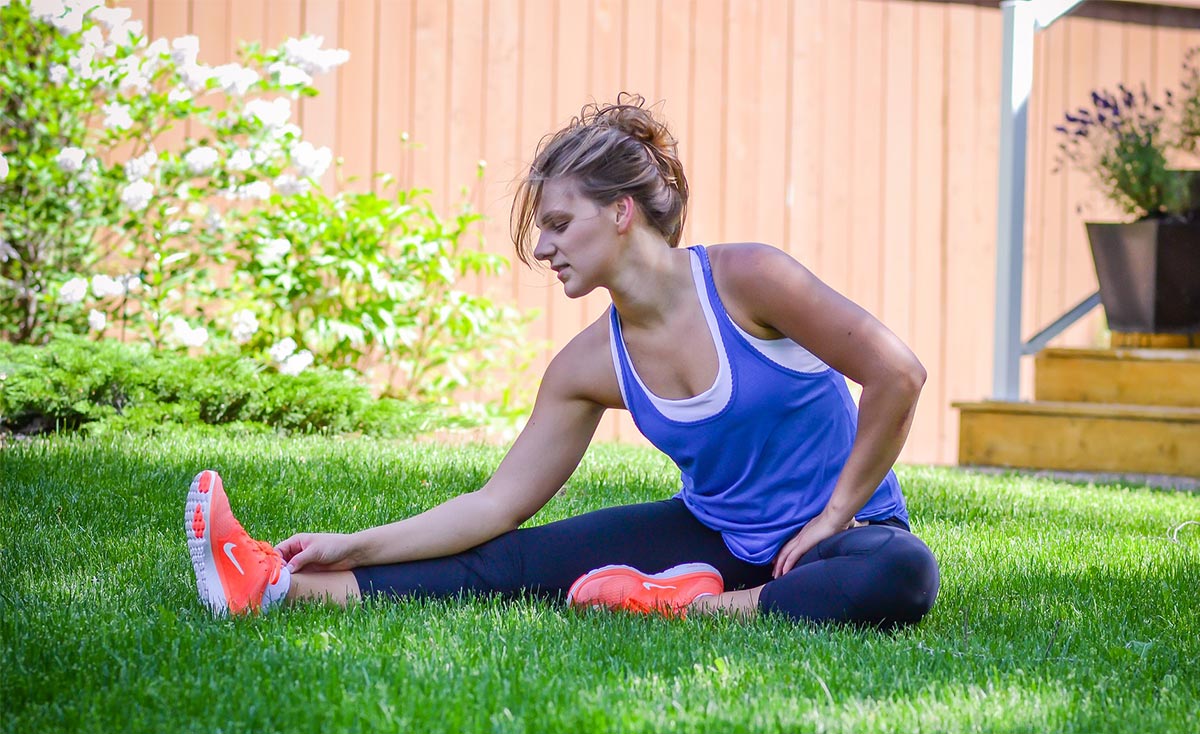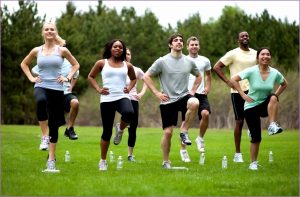- 1 June 2024
- 31
Importance of Exercise: How Physical Activity Transforms Your Life

Introduction
Exercise is not just about physical appearance; it’s about transforming your entire life. From improving your physical health to boosting your mental well-being, regular physical activity is a cornerstone of a fulfilling and vibrant life. In this article, we’ll explore the profound impact of exercise, the various types of physical activity, and practical tips for incorporating them into your daily routine.
Types and Categories of Exercise

1. Cardiovascular Exercise
Cardiovascular exercise, also known as aerobic exercise, is vital for heart health and overall fitness. Activities like running, cycling, swimming, and dancing get your heart pumping and increase your lung capacity. Regular cardiovascular exercise improves blood circulation, reduces the risk of heart disease, and boosts your energy levels.
2. Strength Training
Strength training is essential for building muscle mass, increasing metabolism, and enhancing physical performance. Whether you lift weights at the gym or use resistance bands at home, strength training exercises like squats, lunges, and deadlifts help you stay strong, prevent injuries, and maintain bone density.
3. Flexibility Exercises
Flexibility exercises, such as yoga and stretching routines, improve your range of motion and reduce muscle stiffness. These exercises enhance flexibility, balance, and posture while reducing the risk of injury. Incorporating flexibility exercises into your routine promotes relaxation and overall well-being.
4. Balance Exercises
Balance exercises are crucial for stability and fall prevention, especially as you age. Activities like tai chi, balance drills, and yoga poses challenge your balance and coordination. By improving balance, you can enhance mobility, confidence, and independence in daily activities.
5. High-Intensity Interval Training (HIIT)
HIIT combines short bursts of intense exercise with periods of rest or low-intensity activity. This form of training improves cardiovascular fitness, burns calories, and boosts metabolism in a shorter amount of time compared to traditional workouts. HIIT workouts are effective for weight loss, muscle toning, and overall conditioning.
6. Low-Impact Exercises
Low-impact exercises are gentle on the joints and suitable for individuals with joint pain or injuries. Activities like swimming, cycling, and using an elliptical machine provide cardiovascular benefits without putting stress on your joints. These exercises promote fitness and mobility while reducing the risk of injury.
Symptoms and Signs of a Sedentary Lifestyle
1. Weight Gain
A sedentary lifestyle often leads to weight gain and obesity. Lack of physical activity paired with excessive calorie intake results in the accumulation of body fat, especially around the abdomen. This increases the risk of various health problems, including heart disease, diabetes, and stroke.
2. Decreased Muscle Mass
Inactivity contributes to muscle atrophy, where muscles weaken and shrink over time. This leads to decreased strength, mobility, and functional ability. Maintaining muscle mass through regular exercise is crucial for preserving physical independence and preventing age-related decline.
3. Increased Fatigue
Sedentary individuals often experience higher levels of fatigue and low energy levels. Lack of physical activity reduces blood flow and oxygen delivery to tissues, leading to feelings of tiredness and lethargy. Regular exercise improves cardiovascular efficiency, increases energy production, and enhances overall vitality.
4. Poor Cardiovascular Health
A sedentary lifestyle is a significant risk factor for cardiovascular disease. Lack of exercise contributes to high blood pressure, elevated cholesterol levels, and atherosclerosis (hardening of the arteries). Engaging in regular physical activity strengthens the heart, improves circulation, and reduces the risk of heart attacks and strokes.
5. Mental Health Issues
Physical inactivity is associated with higher rates of depression, anxiety, and stress. Exercise has been shown to improve mood, reduce symptoms of depression, and enhance overall mental well-being. Regular physical activity stimulates the release of endorphins, neurotransmitters that promote feelings of happiness and relaxation.
Causes and Risk Factors of Inactivity
1. Sedentary Jobs
Many jobs require prolonged sitting or sedentary activities, leading to a lack of physical movement throughout the day. Desk jobs, long commutes, and screen time contribute to a sedentary lifestyle, increasing the risk of chronic diseases and health problems.
2. Modern Technology
Technological advancements have made our lives more convenient but also more sedentary. From smartphones and computers to televisions and video games, modern technology encourages passive entertainment and reduces opportunities for physical activity.
3. Busy Lifestyles
Busy schedules, family commitments, and social obligations often take priority over exercise and physical activity. Finding time for fitness can be challenging amidst work responsibilities, household chores, and other obligations, leading many people to neglect their health.
4. Lack of Motivation
Lack of motivation or interest in exercise can prevent individuals from engaging in regular physical activity. Negative experiences with exercise, fear of judgment, or a perceived lack of time or energy can deter people from starting or maintaining an exercise routine.
Treatment Options for Inactivity

1. Setting Realistic Goals
Setting achievable fitness goals is essential for staying motivated and committed to exercise. Start with small, attainable goals and gradually increase the intensity, duration, and frequency of your workouts over time.
2. Seeking Professional Guidance
Consulting with fitness professionals, such as personal trainers or exercise physiologists, can provide personalized guidance and support. These experts can help design a safe and effective exercise program tailored to your goals, preferences, and fitness level.
3. Finding Accountability Partners
Exercising with a friend, family member, or workout buddy can increase accountability and motivation. Having a supportive partner to share your fitness journey with can make exercise more enjoyable and rewarding.
4. Incorporating Variety
Incorporating a variety of activities into your exercise routine can prevent boredom and burnout. Try different types of exercise, such as group fitness classes, outdoor activities, or recreational sports, to keep your workouts fun and engaging.
Preventive Measures to Combat Inactivity
1. Making Physical Activity a Priority
Prioritizing physical activity and scheduling it into your daily routine can help ensure that exercise becomes a regular habit. Treat exercise as an essential part of self-care and allocate time for it accordingly.
2. Finding Enjoyable Activities
Choosing activities that you enjoy makes it easier to stick with an exercise routine. Experiment with different forms of exercise until you find something that you genuinely look forward to, whether it’s dancing, hiking, or playing a sport.
3. Setting Reminders and Goals
Use reminders and goal-setting techniques to stay on track with your fitness goals. Set daily or weekly exercise goals and track your progress using a fitness journal or mobile app.
4. Creating a Supportive Environment
Surround yourself with supportive friends, family members, or workout partners who encourage and motivate you to stay active. Joining a fitness community or online support group can also provide additional encouragement and accountability.
Conclusion
Exercise is a powerful tool for transforming your life and improving overall health and well-being. From cardiovascular exercise to strength training and flexibility workouts, incorporating regular physical activity into your routine offers numerous benefits for both the body

